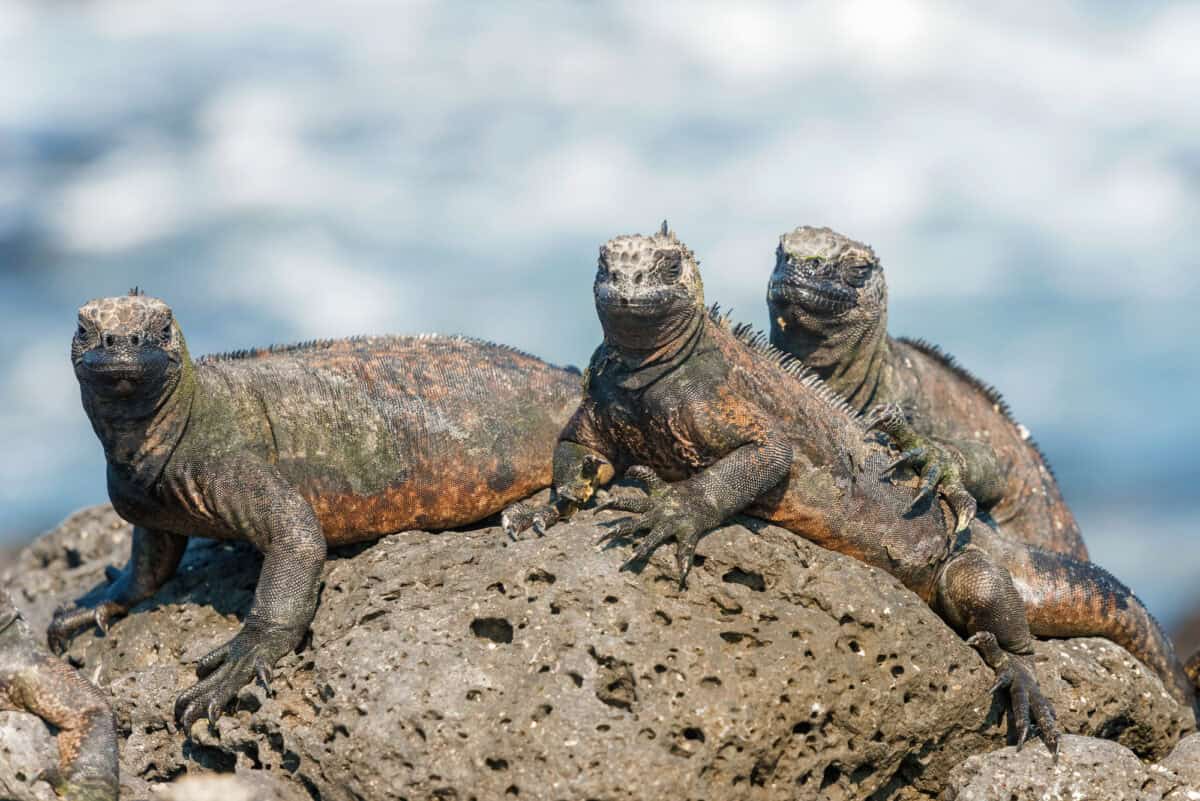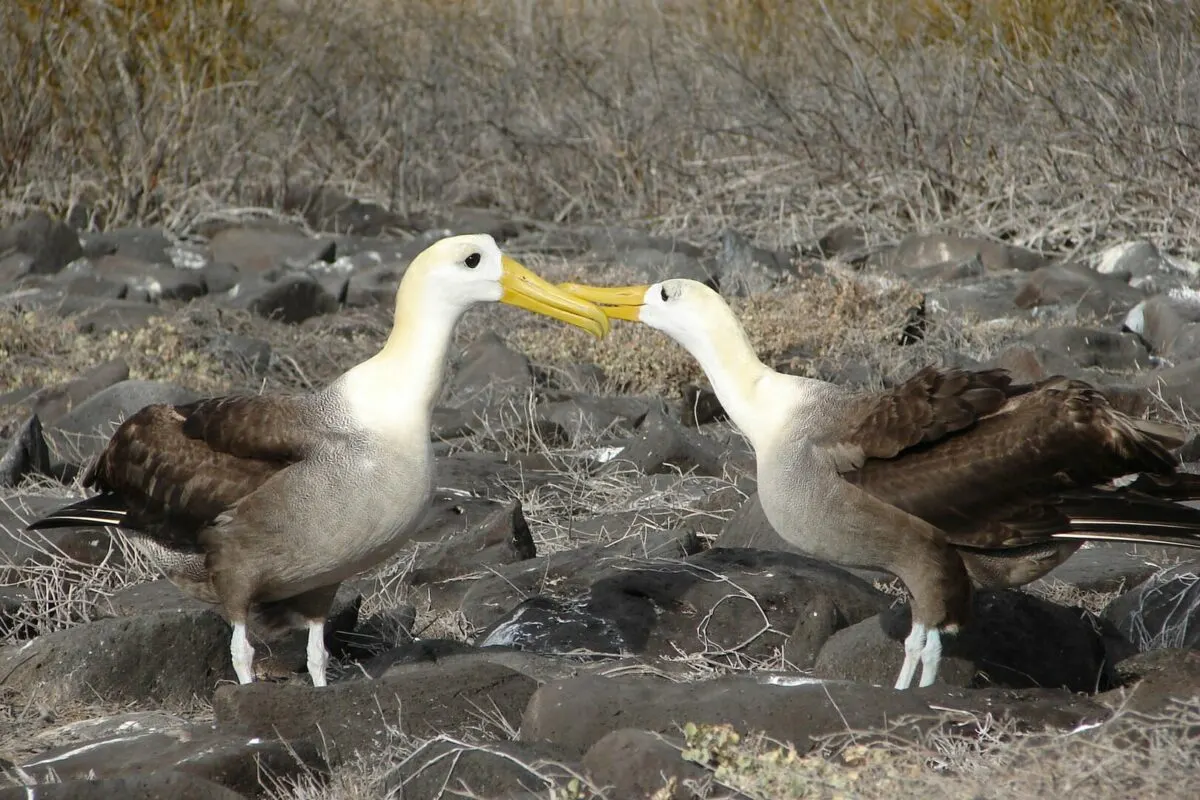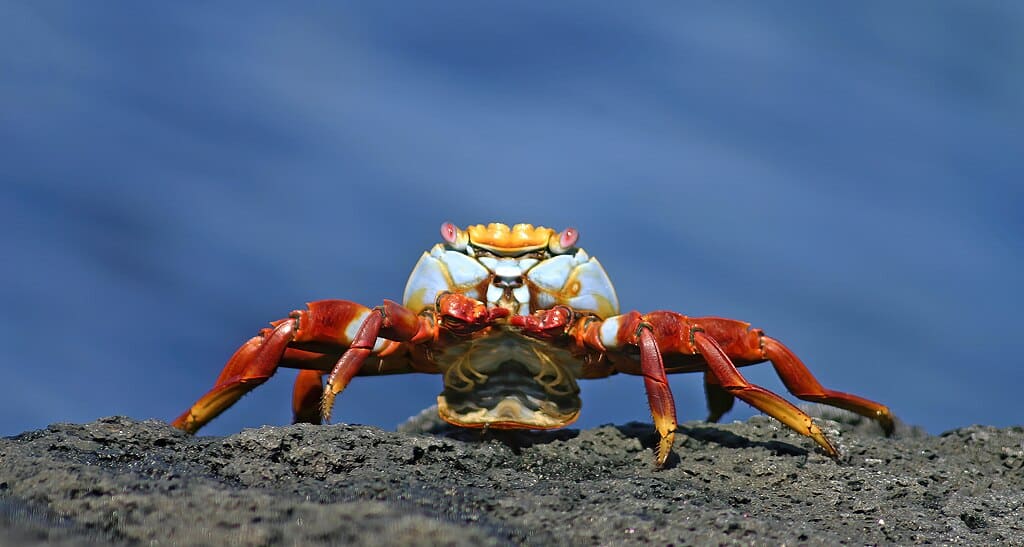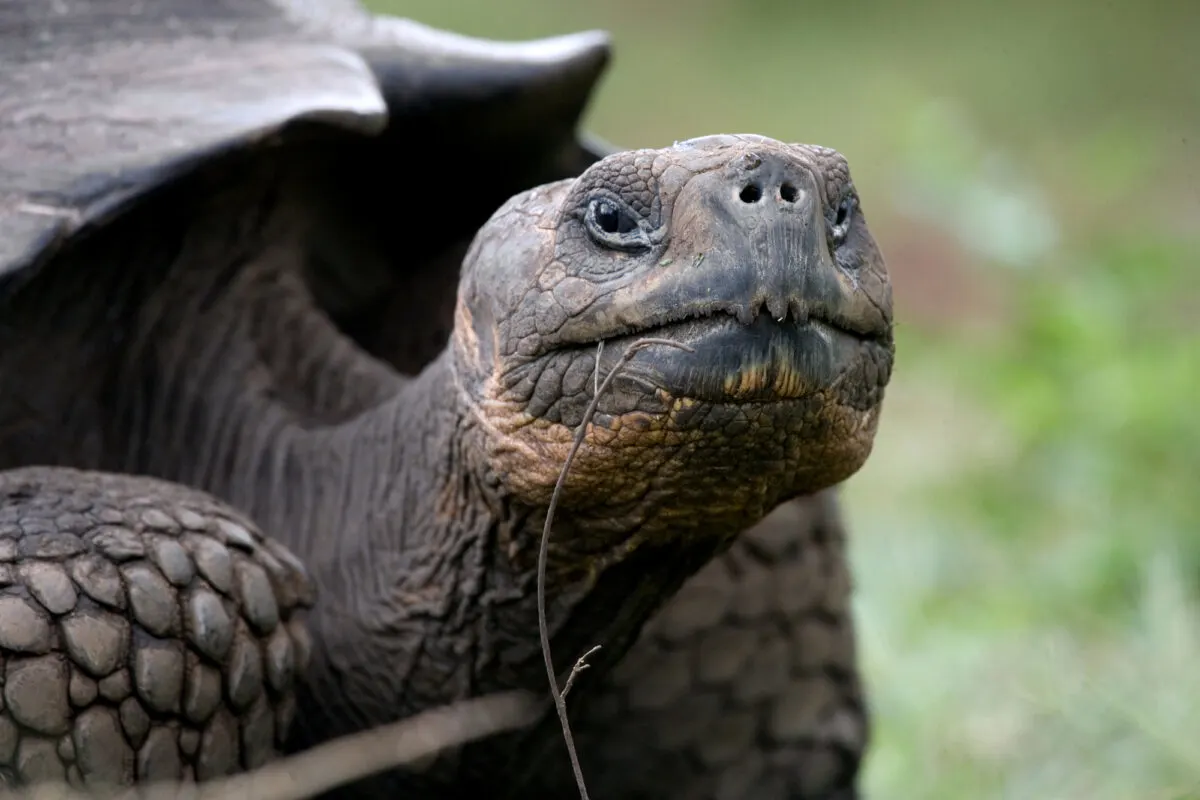The Galápagos Islands, a volcanic archipelago in the Pacific Ocean, are one of the most renowned natural wonders of the world. Famous for their unique and diverse wildlife, these islands provided Charles Darwin with crucial insights into the theory of evolution by natural selection. The Galápagos’ isolation and varying ecosystems have led to the development of many endemic species, making it a paradise for animal enthusiasts and scientists alike. In this article, we’ll explore the top ten animals that define the Galápagos wildlife experience.
Galápagos Tortoise

The Galápagos tortoise is arguably the most iconic species of these islands. Known for their enormous size, these tortoises can weigh up to 900 pounds and live for over a century. There are several subspecies, each adapted to the specific conditions of their respective islands. These gentle giants play a crucial role in their ecosystem, helping to disperse seeds and create pathways through thick vegetation, thus maintaining the ecological balance.
Marine Iguana

The marine iguana is the only lizard known to have evolved the ability to forage in the sea, making it a true marvel of evolutionary adaptation. These reptiles can be found basking on lava rocks along the coastlines. They primarily feed on seaweed, diving as deep as 39 feet. During the cold season, their dark coloration helps absorb heat from the sun, enabling them to thrive in the cooler waters and temperatures.
Galápagos Sea Lion

Commonly spotted lounging on the beaches and rocky outcrops, the Galápagos sea lion is a subspecies unique to these islands. They are social and playful creatures, often seen surfing in waves or swimming elegantly near shorelines. With their expressive eyes and curious nature, they capture the hearts of many visitors. Despite their charm, their populations are sensitive to environmental changes and human activities.
Flightless Cormorant

One of the most fascinating examples of evolution, the flightless cormorant has lost the ability to fly, investing instead in developing excellent diving skills. These birds have adapted to hunting for fish and eels in the ocean waters, where they swim gracefully using their powerful legs. They are found only on the islands of Isabela and Fernandina, making them one of the rarest birds in the world.
Blue-footed Booby

The blue-footed booby is easily recognizable thanks to its vibrant blue feet, which play a crucial role in mating rituals. Males display their feet through a high-stepping strut to attract females. Their large, awkward-looking feet also aid in takeoff when launching from the water’s surface. These birds are skilled hunters, plunging from great heights to catch fish, and are a favorite among birdwatchers and photographers.
Galápagos Penguin

The Galápagos penguin is the only penguin species found north of the equator. Adapted to a warmer climate, they rely on the cold waters brought by the Humboldt and Cromwell Currents to survive. These penguins are small and extremely agile swimmers, an adaptation crucial for evading predators and catching fast-swimming prey like small fish and crustaceans.
Lava Lizard

Lava lizards are among the most common reptiles in the Galápagos, and there are seven distinct species found across the islands. They play a crucial role in controlling insect populations and are often seen basking on sunlit rocks. Males display vivid colors and exhibit territorial behavior, whereas females boast a red throat during the mating season. Their adaptability to various environments exemplifies the diverse ecological niches present within the islands.
Galápagos Hawk

The Galápagos hawk is the archipelago’s top land predator, demonstrating remarkable adaptability. With keen eyesight and powerful talons, they hunt for a variety of prey, including small mammals, birds, and lizards. These hawks represent an evolutionary lineage that has thrived in isolation, and their behavior and social structures provide valuable insights into predator-prey dynamics free from human interference.
Waved Albatross

The waved albatross is renowned for its elaborate courtship rituals, consisting of synchronized dance movements, beak fencing, and sky-pointing displays. These majestic birds are primarily found on Española Island and are exceptional flyers, capable of traveling thousands of miles across the ocean. They are currently classified as endangered, with conservation efforts focused on preserving their breeding grounds and mitigating threats from fishing activities.
Sally Lightfoot Crab

The vibrant Sally Lightfoot crab adds a splash of color to the Galápagos shoreline. These quick-moving crustaceans are named for their agility, able to scuttle effortlessly over rocks and even jump to evade predators. They play an essential role in the ecosystem as scavengers, helping to clean up organic debris and acting as a food source for various predators, including birds and fish.
Conclusion: Preserving the Galápagos’ Unique Biodiversity

The Galápagos Islands serve as a living laboratory for understanding evolutionary processes and the delicate balance of ecosystems. Each of the species highlighted contributes to the unique biodiversity and ecological richness of the islands. Human influence and climate change pose significant threats to the Galápagos, making conservation efforts crucial. By safeguarding these remarkable creatures and their habitats, we can ensure that future generations continue to learn from and be inspired by this extraordinary part of our natural world.
- 13 Venomous Creatures You Will Want to Avoid - August 9, 2025
- Top 12 Most Affectionate Dog Breeds to Own in America - August 9, 2025
- 11 Questions About Animal Sleep That People Ask Google - August 9, 2025

